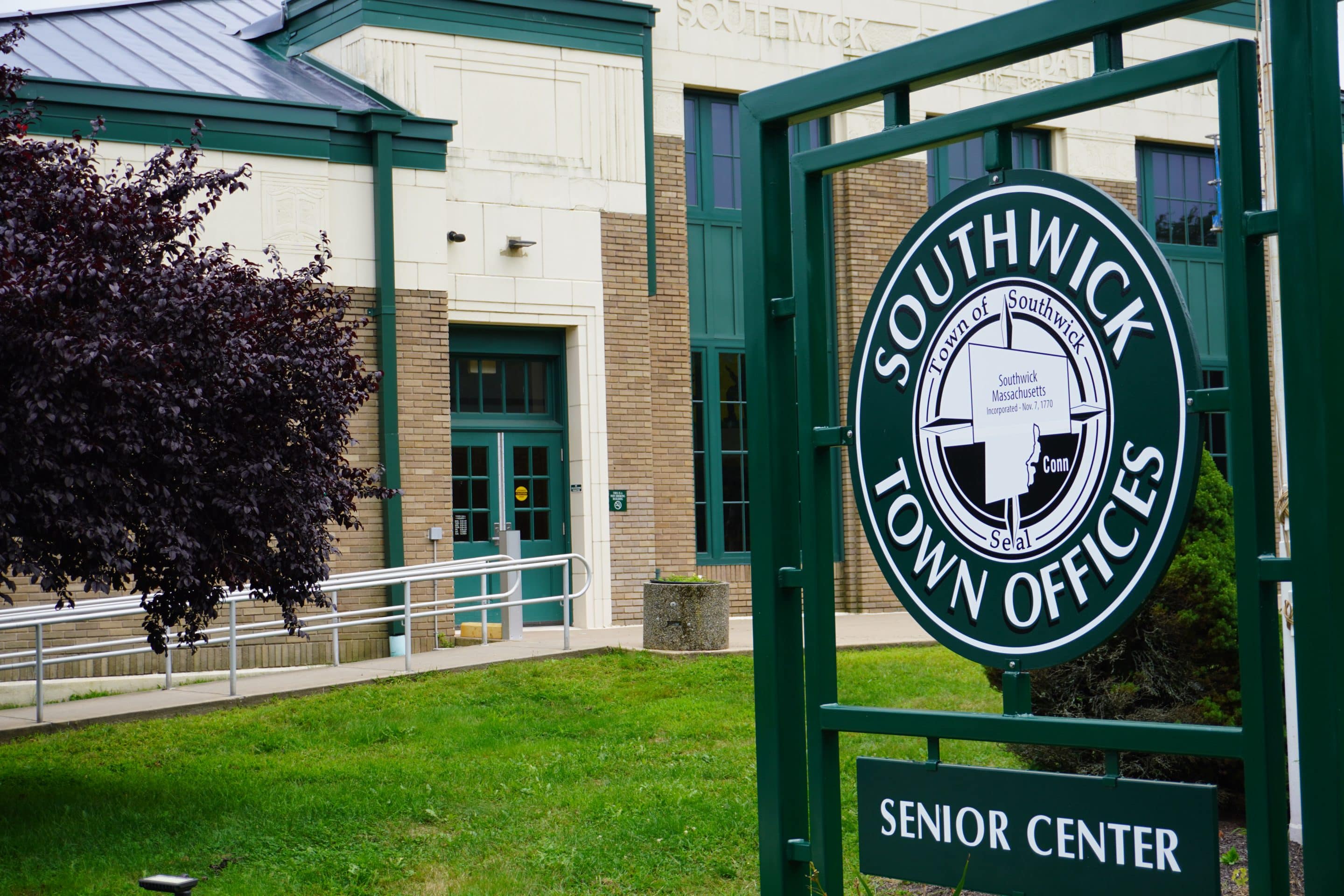SOUTHWICK — When Southwick-Tolland-Granville Regional School District Superintendent Jennifer Willard presented the district’s fiscal year 2026 budget to the Finance Committee last week, she proposed increasing Southwick’s assessment to $13.01 million which represents an increase 7.1% from the previous year, while Tolland and Granville will be assessed less than a combined $189,423 from last year’s budget.
Overall, Willard proposed a $28.93 million budget for fiscal year 2026, which represents a 3.32% increase from last year’s.
And despite the overall increase, the district was forced to lay off eight teachers to balance its books after determining it was facing a shortfall of over $1.1 million.
During the presentation, Willard explained that the “difficult” decision about cutting personnel was made because of financial factors the district can’t control.
However, before those positions were eliminated, Southwick-Tolland-Granville Regional School Committee Chair Robert Stevenson said he went to the district and examined each position being eliminated and wanted a plan in place to ensure the quality of the classroom instruction was not jeopardized.
He said that originally, nine positions were being eliminated, but after deciding that losing that position would be detrimental to the learning experience, it was removed from the list.
Willard explained the costs the district can’t control were the primary reason that the extreme measure of laying off teachers was necessary.
She pointed to an increase of about $267,000 for health insurance, an expected $193,000 decrease in School Choice revenues, an increase of about $325,000 in special education out of district tuition, an increase of about $90,000 in pension costs, moving the salaries of four administrators, about $430,000, out of the School Choice budget line and back into operational expenses, and a decrease in the state’s required minimum local contribution of about $300,000.
The minimum contribution is typically increased each year by about $500,000, said Nick Bernier, the district’s director of finance and operations, but this year was reduced from $12.6 million in FY25 to $12.3 million for this upcoming fiscal year.
This was because the overall number of students attending Southwick Regional School decreased because they are now enrolled in out-of-district vocational schools. Each town, not the regional school district, is now responsible for paying the tuition of those students.
To raise most of what’s needed for FY26, Willard proposed increasing the Southwick assessment $865,736 to $13/01 million versus last year’s assessment of $12.15 million.
However, the assessments for Granville and Tolland are decreasing from FY25.
For FY26, Willard proposed assessing Granville $1.88 million, a decrease of $104,763 from the previous year, and assessing Tolland $336,236, a decrease of $79,897 from the previous year.
Stevenson explained why Southwick’s assessment increased and why the other two decreased.
It has to do with the district’s agreement between the three towns, Stevenson said. Southwick is responsible for 84% of the district’s operating expenses, while Granville and Tolland are responsible for 13% and 4%, respectively.
He did add, however, adjusting the tuition responsibility did save Southwick taxpayers about $350,000 this year, but those savings will become more apparent when the district is developing its FY27 budget.
Over the last several years, the district has taken steps to decrease the number of special education students going out of district for their educational needs and lower its operating expenses.
The district has a program for children with intellectual impairment, which cost it $141,000 to operate annually, but saves the district $214,000 if the children were sent out of district.
Woodland School runs a social emotional learning program that costs $152,535 to operate, saving the district over $350,000 annually.
It also runs a program for children with autism at a cost of $205,000. Before it implemented the program, the district was speaking $440,000 annually to send those students out of district.
There are other costs with town is responsible for including the annual bond payment for the construction of Southwick Regional School.
Southwick is on the hook for another $1.39 million to pay down the school building project approved in 2012. Granville will pay $219,698 to pay down the school building project, and Tolland will pay $62,761 to pay down the school building project.
“As I’ve always promised … I will bring in a very conservative budget and I have promised that over the years, but I think this is the year it will have to be more than 102%,” Willard said.
The “102%” Willard was referring too is called net school spending, which is the minimum spending amount required by the state of each municipality the district serves.
Stevenson said if the towns accept the assessments and the budget is approved, the district will be 5% above the minimum amount required by the state.


